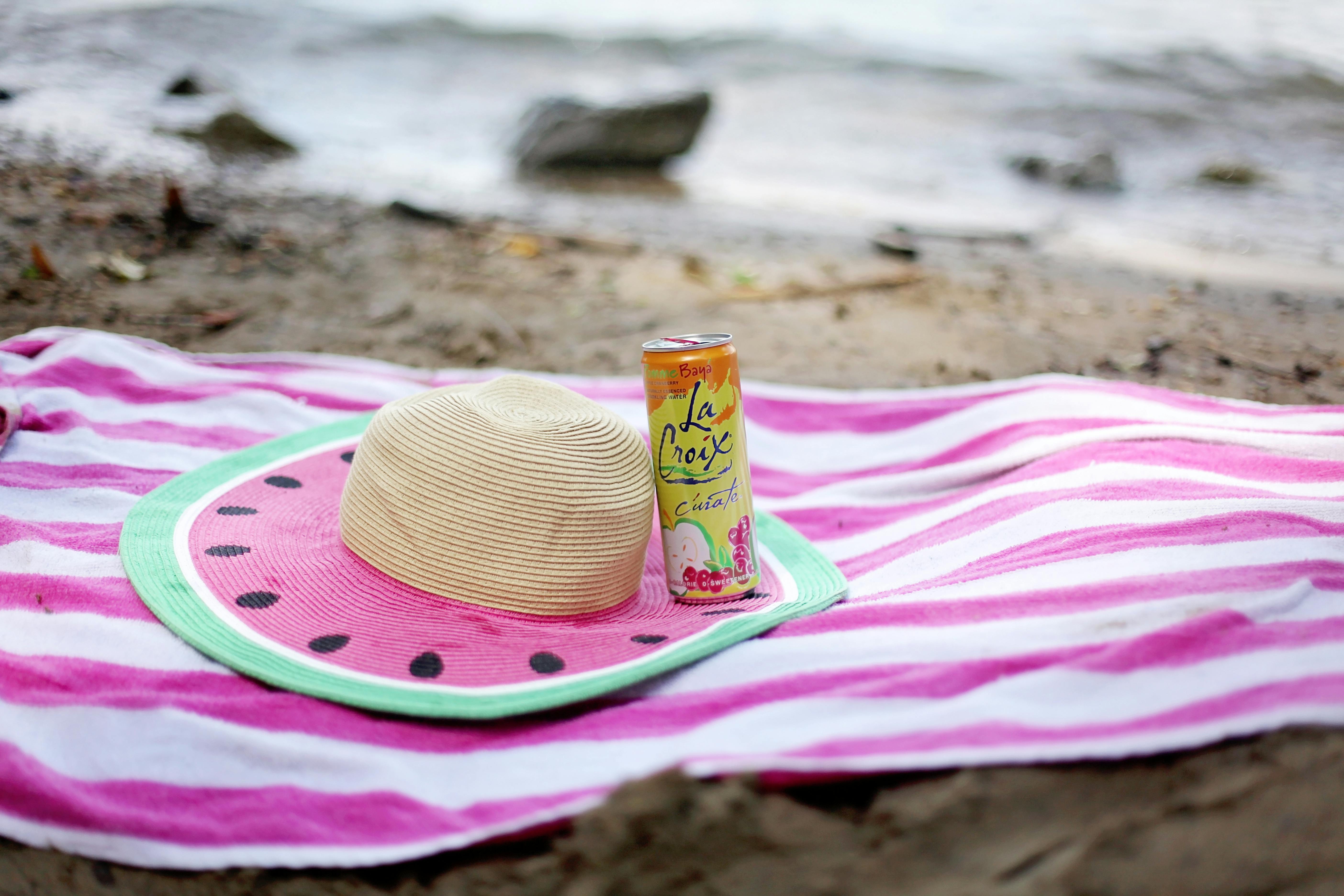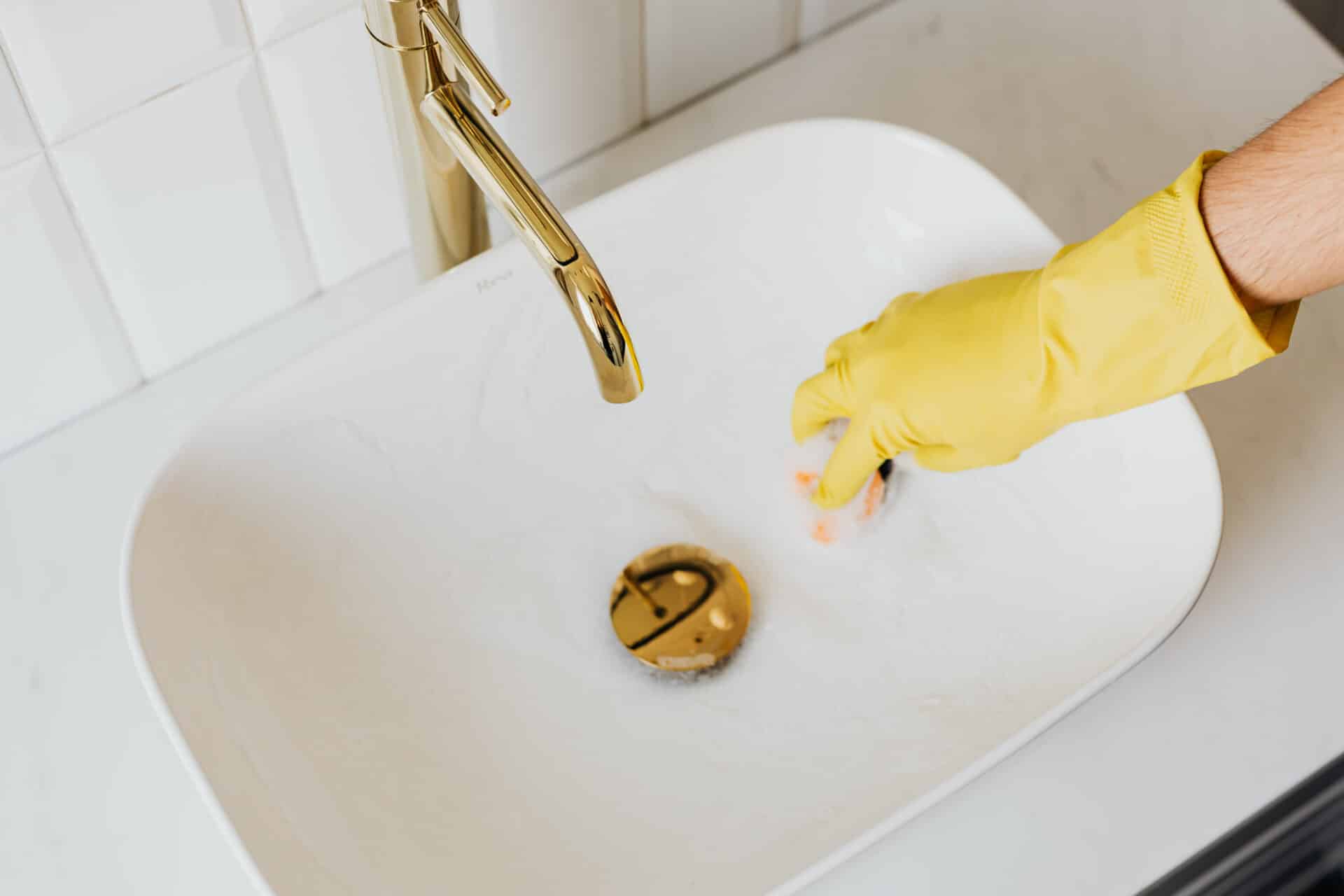Distilled water can be easily made at home from tap water. This process involves boiling the tap water, collecting the steam and condensing it back into a liquid form. The result is pure, distilled water that is free of minerals, salts and other contaminants that may be present in tap water. Making distilled water from tap water can be a cost-effective way to obtain purified drinking water without investing in expensive equipment or purchasing bottled distilled water.Distilled water is water that has been boiled and condensed back into a liquid form. It is free of minerals and other impurities, as most of the substances that give water its taste, odor, and color have been removed. Distilled water is commonly used in car batteries and other applications where it is important to have water with no impurities.
What Is Tap Water?
Tap water is water that comes from a public water supply system. It is treated and tested to make sure it meets health and safety standards before it is distributed to homes and businesses. Tap water comes from rivers, lakes, and reservoirs, and is often treated with chemicals such as chlorine or fluoride to make it safe for human consumption. In some cases, additional minerals may be added to the water for taste or health benefits. Tap water is generally considered to be one of the safest and most affordable sources of drinking water available. It is also a valuable resource for everyday tasks like washing dishes and doing laundry.
Tap water quality can vary depending on the location, as well as the age of the pipes used for distribution. In some areas, tap water may contain contaminants or have a bad taste due to chemicals or minerals in the source water. In these cases, consumers may choose to use filtered or bottled water instead of tap water.
How to Make Distilled Water at Home
Distilled water is a type of purified water that has had all the minerals and contaminants removed. It is often used for drinking and in medical applications. The process of making distilled water at home is relatively simple, though it does take some time. Here’s what you need to know about how to make distilled water at home.
The first step in making distilled water at home is to gather the necessary supplies. You’ll need a large pot, a wooden spoon, a heat source (such as a stove or hot plate), an empty glass container, and some ice cubes. You’ll also need some fresh water that hasn’t been treated with any chemicals, such as tap water or bottled spring water.
Next, fill the pot with the fresh water and place it on the heat source. Bring the water to a rolling boil and then reduce the heat so that it simmers. As it simmers, stir occasionally with the wooden spoon to ensure that all of the particles are evenly distributed throughout the liquid.
Once the liquid starts to simmer, place an empty glass container in the center of the
Steps to Make Distilled Water From Tap Water
Distilling water is a simple process of purifying water by converting it to vapor, then condensing and collecting it in another container. The process of distillation eliminates impurities from the water and results in pure, clean drinking water. Here are the steps for making distilled water from tap water:
1. Start by filling a pot with tap water and placing it on a stove top or burner. Make sure the pot is large enough to accommodate the amount of water you need.
2. Place a glass bowl or other heat-resistant container on top of the pot so that it sits snugly in place. This container is where your distilled water will collect.
3. Place a lid on top of the pot, making sure that it covers both the pot and the glass bowl. The lid should fit tightly but should also have holes cut out in order to allow steam to escape.
4. Turn on the heat and bring the pot to a boil until steam begins to rise from the surface of the liquid.
Boiling Tap Water
Boiling tap water is a great way to make sure that the water you are drinking is safe and free of bacteria and other contaminants. Boiled water can kill most germs that may cause illnesses, making it an ideal option for drinking water. Boiling tap water also removes chlorine, lead, and other impurities that can be found in tap water. To boil tap water, you will need to heat it up to a rolling boil for one minute. Let the water cool before consuming it to ensure it is safe to drink.
When boiling your tap water, it is important to use a pot or kettle with a lid so that you can easily remove the lid after boiling and cool the pot down quickly. It is also important to leave the lid on while boiling so that any impurities in the air do not get into your boiled water. Boiling your tap water will not only make it safe to drink but will also improve its taste. Boiled tap water has an improved taste over untreated tap water because boiling removes some of the chlorine and other contaminants from the water.
It is important to note that boiling your tap water

Strain the Boiled Water
Strain the boiled water to remove any sediment or particles that have been stirred up during boiling. To do this, use a fine mesh strainer, a paper coffee filter, or cheesecloth. Place the strainer over a clean container and pour the boiled water through it. You may need to do this in batches if you’re straining a large amount of water. Discard or compost any particles that are left in the strainer. You can also use a specialized filtering pitcher or jug with a built-in filter to strain your boiled water.
Once your boiled water has been strained, it is ready to drink or use for cooking. Make sure to store your filtered boiled water in a clean container with an airtight lid for up to 24 hours at room temperature, or for up to seven days in the refrigerator.
Collecting the Condensed Steam in a Container
Steam condensation is used to collect condensed steam in a container. This process involves cooling the steam until it changes from a gas to liquid. The temperature of the steam is lowered by passing it through a cold surface or removing heat from it. The container used for collecting the condensed steam should be able to withstand the high temperatures and should be leak-proof. Once the steam has been cooled, it can be collected in the container and stored for later use.
The process of collecting condensed steam in a container is a simple one, but there are some important safety considerations that need to be taken into account. Firstly, the container must be designed to withstand high temperatures and should not leak. Secondly, any excess pressure from within the container should be vented in order to prevent accidents or explosions. Lastly, any combustible materials should not come into contact with hot surfaces as they can ignite and cause serious damage.
In addition to these safety considerations, there are also some practical considerations when collecting condensed steam in a container. For example, it is important to ensure that the container has enough space for all of the
Cooling the Condensed Steam to Create Distilled Water
Distillation is a process in which a liquid is heated, vaporized and then condensed back into liquid form. This process is used to separate two or more liquids that have different boiling points. It is also used to purify water by removing dissolved minerals and other impurities. In the case of distilled water, the steam that is generated during distillation is cooled and condensed back into liquid form which results in pure, clean water. This water is often referred to as distilled water due to its purity.
The process of cooling the condensed steam to create distilled water begins with heating it up until it turns into steam. The steam is then passed through a condenser where it cools down and turns back into a liquid. During this process, any impurities or minerals that were present in the original liquid are left behind, leaving only pure water behind. The final product of this distillation process is clear, clean drinking water with no added chemicals or minerals.
Distilled water has many uses including drinking, cooking and even medical uses. It has become increasingly popular over recent years due to its purity

Conclusion
Distilling tap water is a quick and easy way to purify your water for drinking. It is an inexpensive process that doesn’t require any special equipment, and it can be done in the comfort of your own home. It is important to remember, however, that distilled water does not contain any essential minerals or nutrients and must be supplemented if needed. With a few simple steps, anyone can create pure and clean drinking water.
It is also important to note that distilling tap water is not the same as filtering it. While distillation removes impurities from the water, it does not remove chemicals or other contaminants that are found in some tap water sources. If there are any concerns about contaminants in your tap water, additional filtration may be necessary before using it for drinking or cooking purposes.
By understanding the process of distillation and following all safety precautions, anyone can easily create their own supply of clean and safe drinking water from the comfort of their own home. Distilled water can provide a safe and healthy alternative to bottled spring or mineral waters—provided you supplement it with necessary minerals when needed.

